Industrial design is about imagination, conception and ultimately, sharing a vision with the rest of the world. What if we could interact with it at the earliest stages? Ever since the release of the first HTC Vive in 2016, virtual reality is mainstream and we’ve been able to realize how immersive it is, and how useful the tool could become.
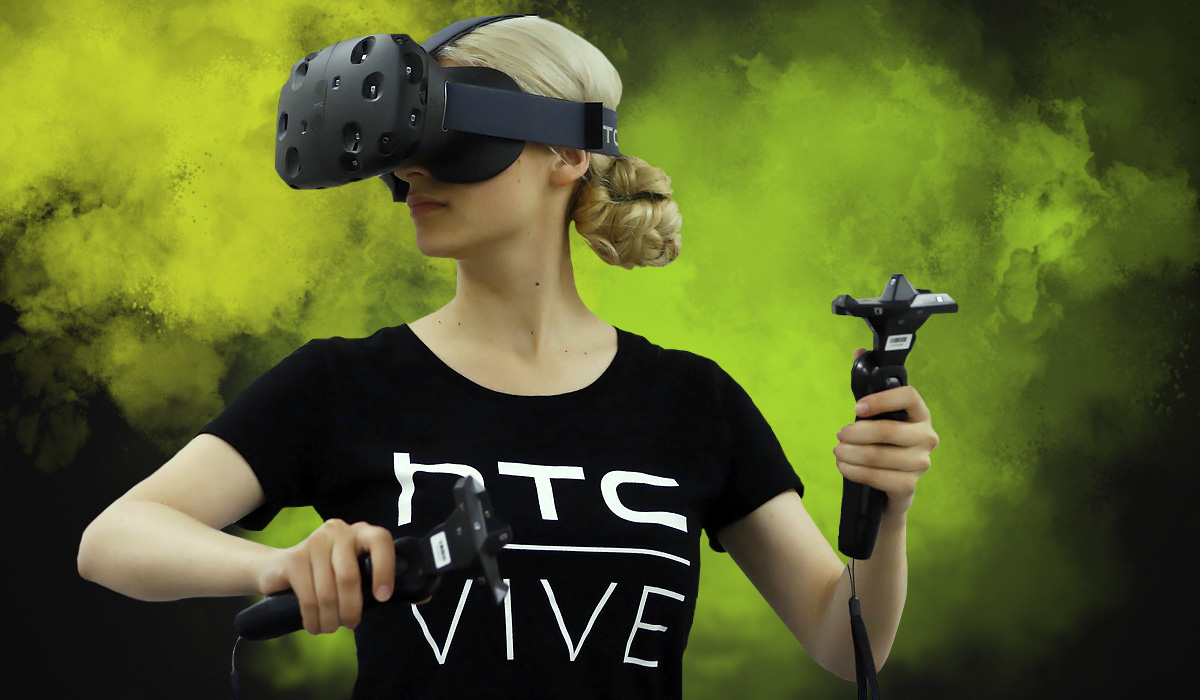
Requirements for virtual reality
Current virtual reality headsets don’t pack any power per se. They are fed with the 3D images calculated from a computer. These images are displayed right in front of your eyes. Because the recommended framerate for VR is at least 90 frames per second—to avoid motion sickness—a powerful graphics card is needed. High-end computers were powerful enough even before the rise of VR. Even now, the most demanding VR apps are generally less resource-intensive than the maxed-out AAA video games on PC from the last couple of years.
So the first thing you need is a computers capable of displaying high resolution graphics at a high framerate. Think something like a gaming computer. You don’t need a lot of physical space at home to profit from VR. During the setup, you have to triangulate your position with two base sensors. This can be on poles, attached to your shelves or on your walls. Once you have the headset on, if you ever come close to crossing the boundaries of this space, the edges will start to superimpose over the VR image.
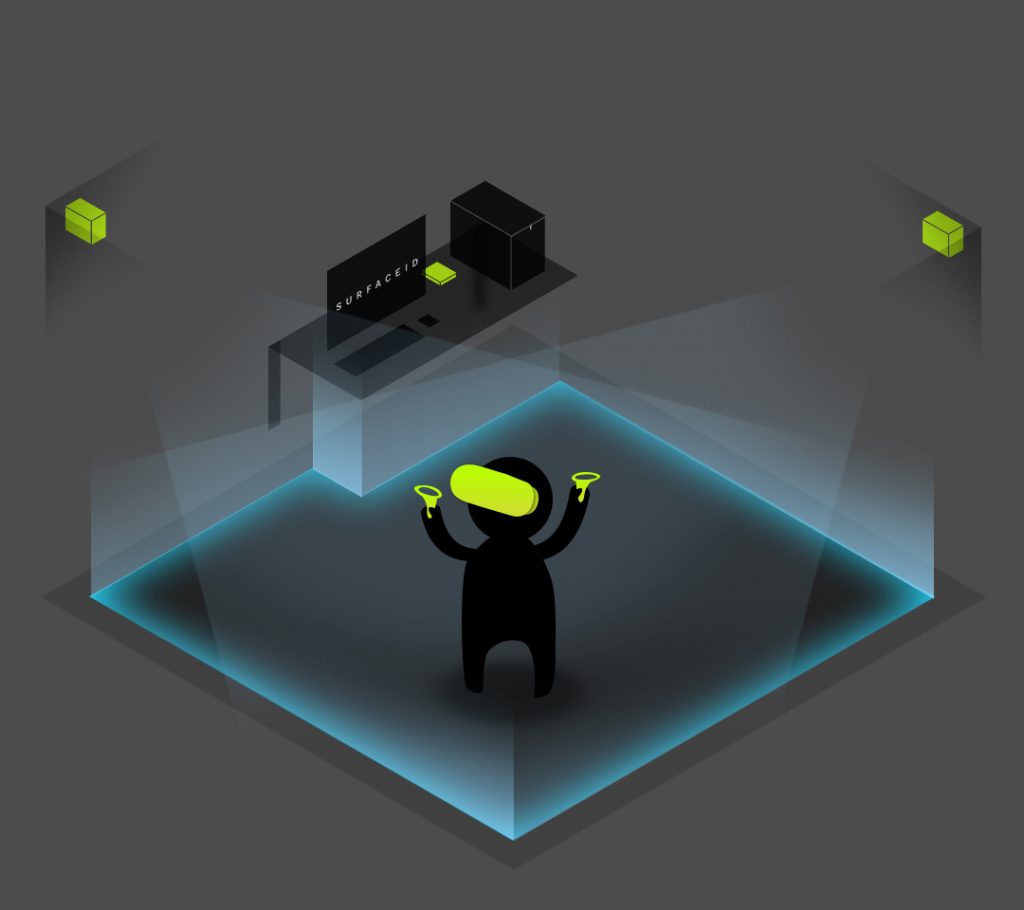
The good news is that almost all VR apps support seated and standing experiences. They also have the common ability to make you move around through teleportation. You point somewhere in space and you press a button to move there. It usually happens without transition, like a jump cut. This is because, seeing your body move without without physically experiencing the motion yourself messes with people’s balance.
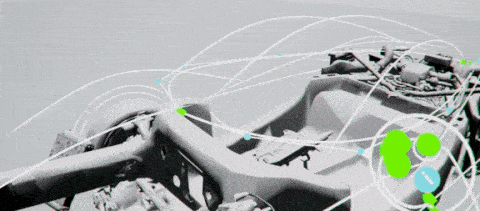
However, this loss of equilibrium doesn’t happen when using VR to drive a car or fly a spaceship. The seated position tricks your brain into thinking that you’re stationary in a moving vehicle.
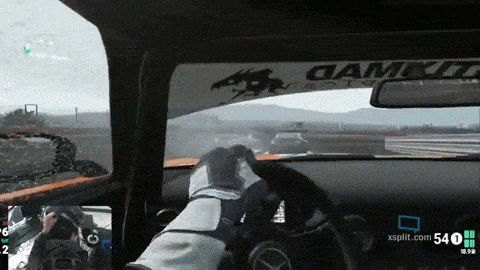
How good is virtual reality?
Virtual reality is all about immersion and the tracking in space really does most of the heavywork. The tracking of the headset and controllers is so immediate and accurate on all axes, it really feels like you’re evolving in a tangible environment. Holding and moving objects feels real despite the all-embracing shape of the controllers. Aiming and shooting with a weightless bow seems natural somehow. Walking around a cherished place or the recreation of a movie location, when your motions are registered down to the millimeter, is really exciting.
This is also why headsets and 360 degrees videos for mobile don’t feel that enthralling, even though they’re often using real-life footage of extreme sports… You can rotate the camera angle with your head thanks to the built-in gyroscope but that’s about it. There’s no three dimensional interactivity. You don’t really feel like an entity of the experience. In terms of visual fidelity, the VR image is slowly getting good but that wasn’t really the case before 2018.
So close to the eyes, the highest resolution screens—despite their pixel density—were blurry. The eye strain was also important. In the moment, you might feel like you’re in a lucid dream, seeing mountains and giants, but what you’re really doing is focusing non-stop on screens that are an inch from your eyeballs. Long sessions can become painful and small texts are like optical test charts if you need new glasses.
Haptic Integration
The future of VR is looking bright. One of the most impressive VR accessories being developed this year are gloves from Haptx. On top of thoroughly tracking your whole hand and the realistic sensations they can provide through haptic technology (clever miniature bubbles scattered all around the glove can inflate), they integrate a force-feedback feature.
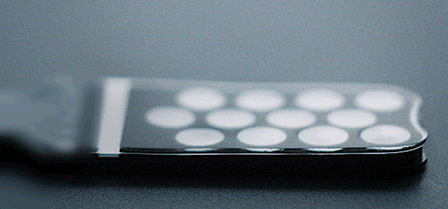
The glove puts each one of your fingers on a sort of motorized, anti-collision leash. When you hold something, the leashes lock their length and prevent you from closing your fingers too far on the virtual object. Within VR, it feels like your fingers are wrapping around a solid object.
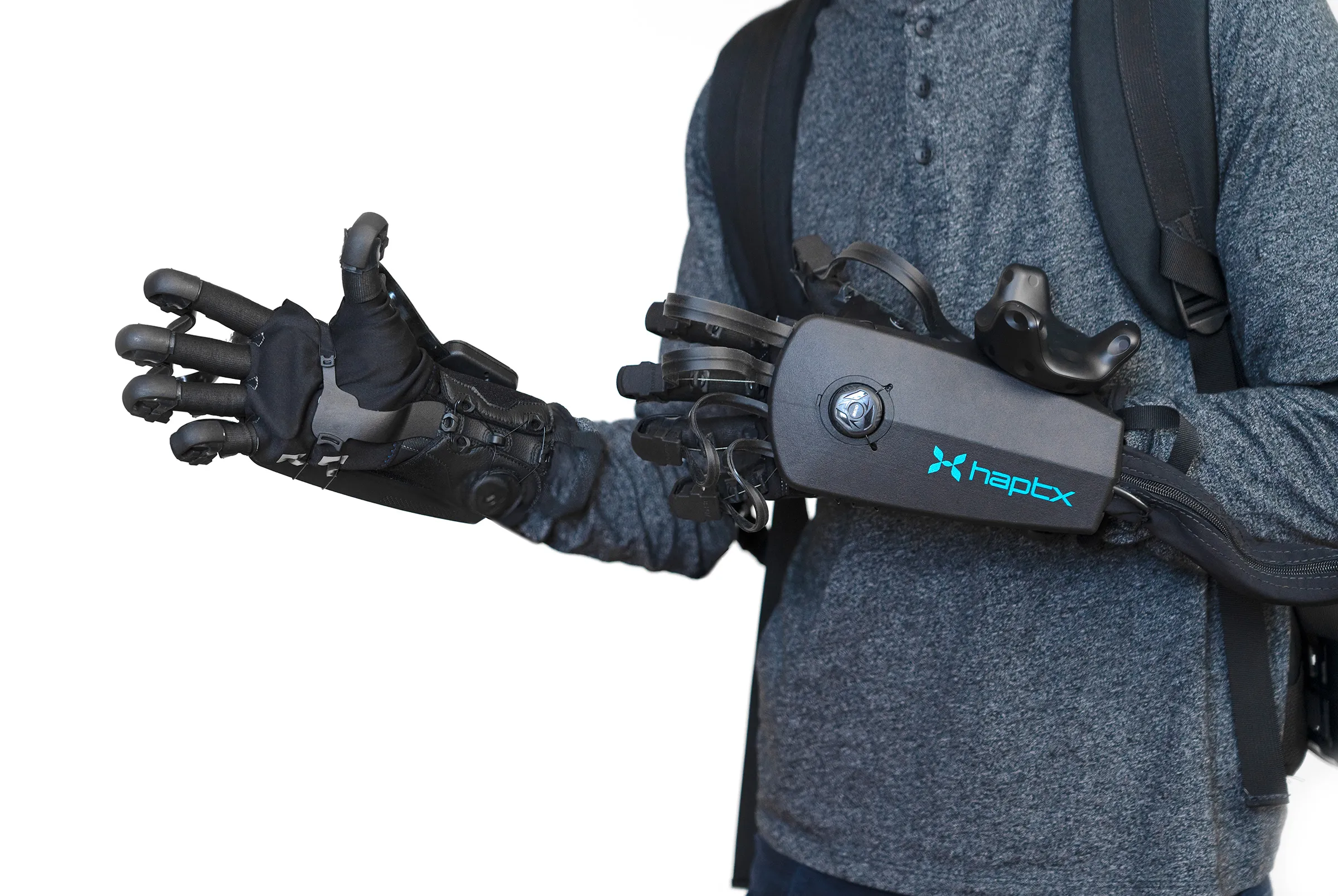
How can virtual reality help industrial design?
With two hand controllers and such a precise tracking, you can use VR even at the concept sketching stage. You can draw a 2D sketch on a giant, distraction-free canvas or draw roughly in 3D all around yourself. Professional 3D sketching apps allow you to draw in a more controlled way and on top of imported models. Settings such as defining axes of symmetry for example. Or using a mannequin for designing a backpack, or use a rolling chassis for designing a car body.

VR would really shine at the preliminary 3D development phase of industrial design. Moving around a 1:1 scale 3D model at such an early stage is a great opportunity. With the provided analysis, you can be aware of all sort of issues in an instant. This saves you a lot of time and money over the first nonoptimal physical prototypes. For large objects, VR might also be the only way to get a sense of their true dimensions.
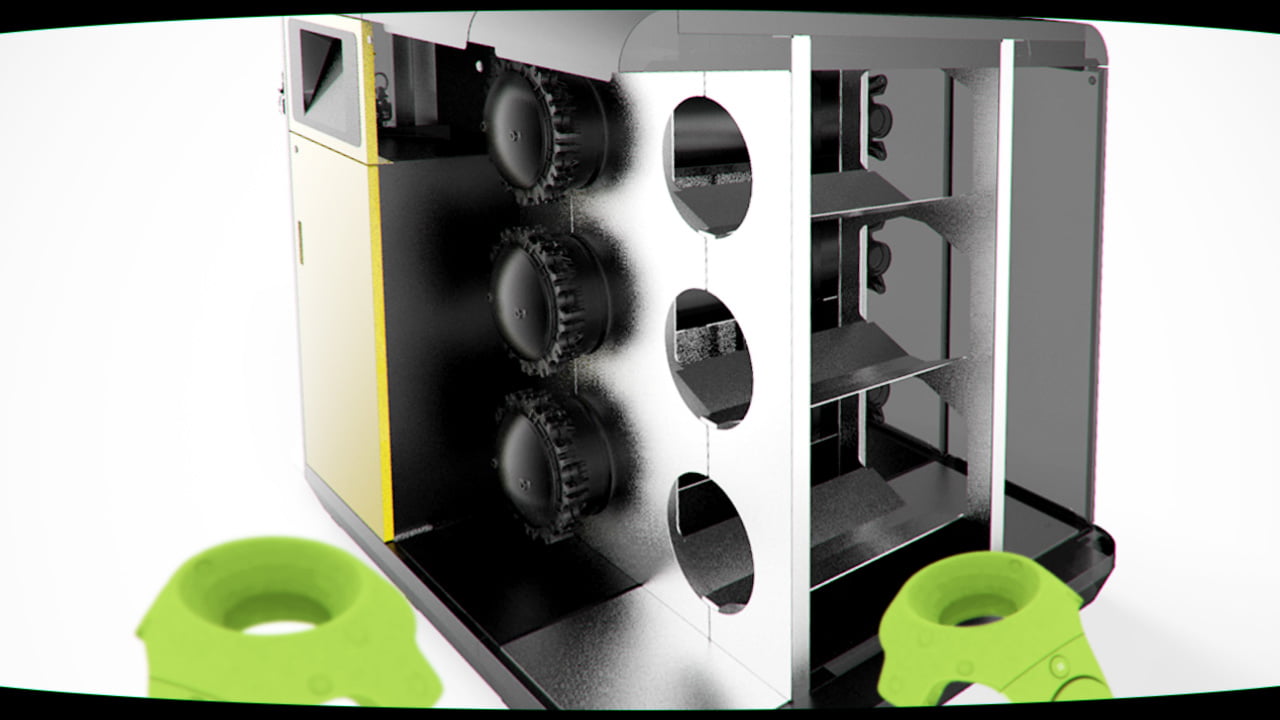
And when it comes to advanced engineering, you can literally walk people through the features and parts of your product. VR can also allow multiple designers to collaborate in real-time. What used to be a back and forth of iterations between designers can become a persistent world dedicated to team creativity and improvements.
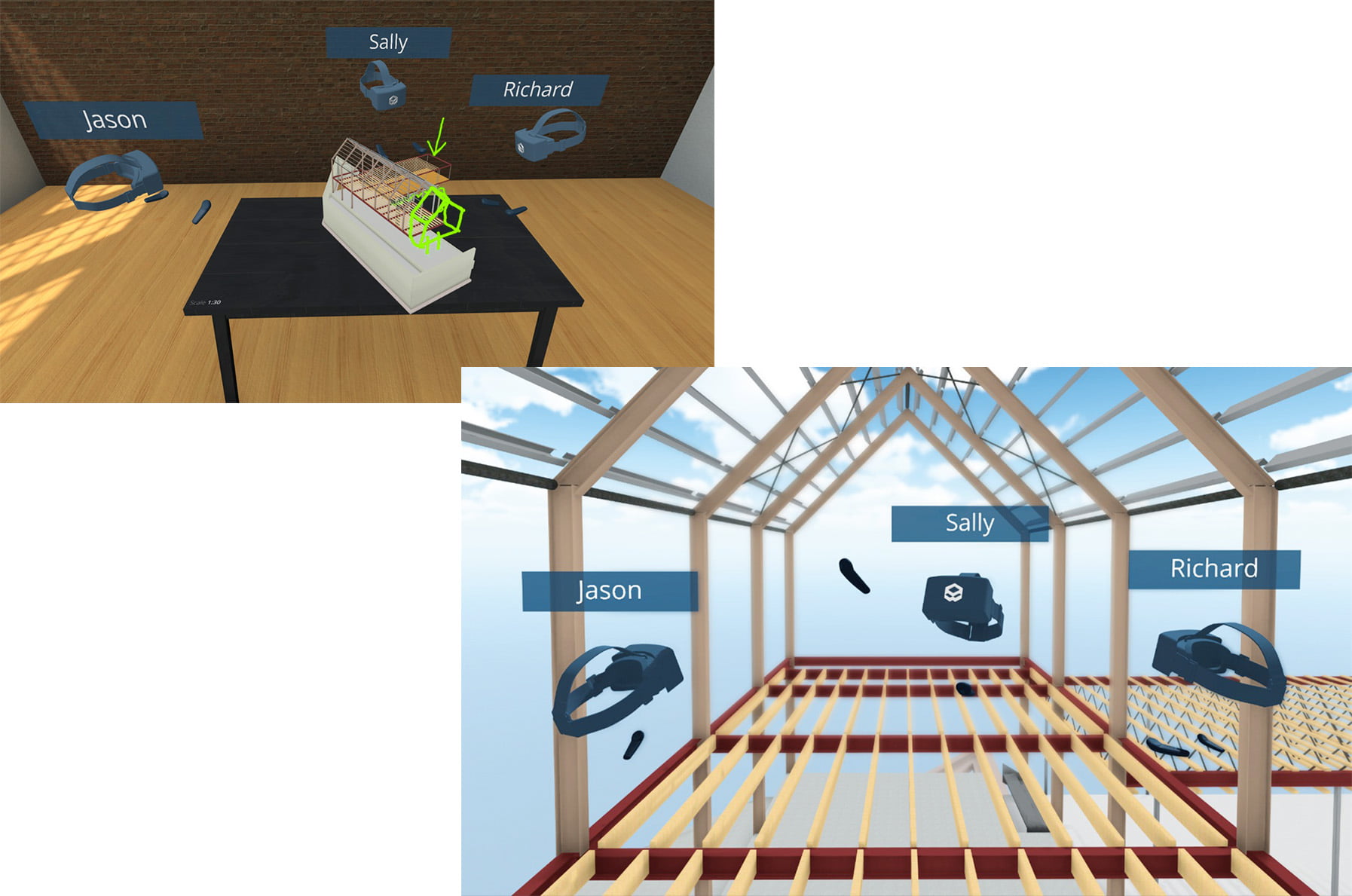
Conclusion
2D interfaces seem efficient but that’s because that’s all we’ve known. They are the result of past technological limitations. In industrial design, virtual reality is new and already breaks the limits of visualization. It might be considered a luxury tool now but it could soon become an integral part of successful product development. With the exponential amount of computing power coming every year, it is not hard to imagine virtual reality devices becoming more and more accessible. Architecture, tourism, social networks, games, the way we teach, train, operate machines, rehabilitate, etc. Virtual reality could not only improve but also transform many industries and services.
